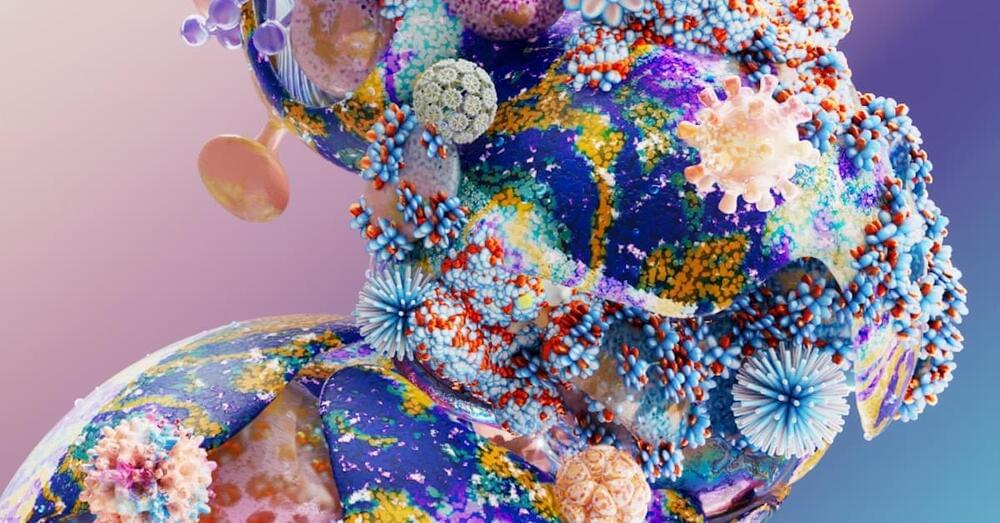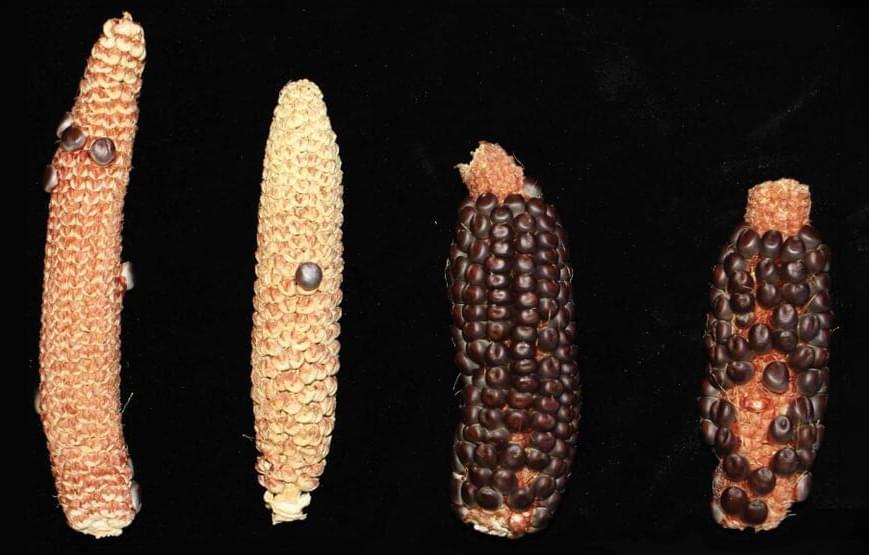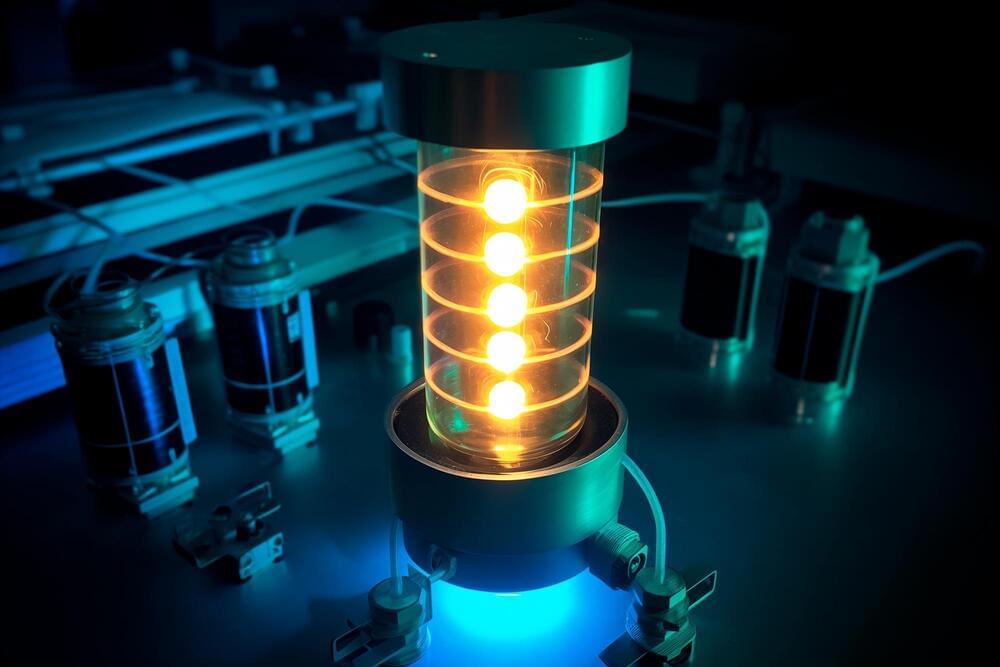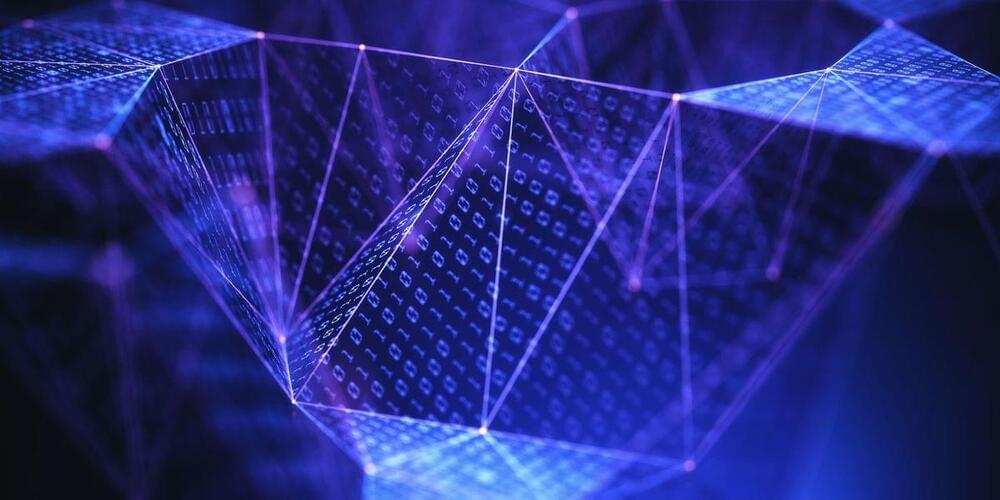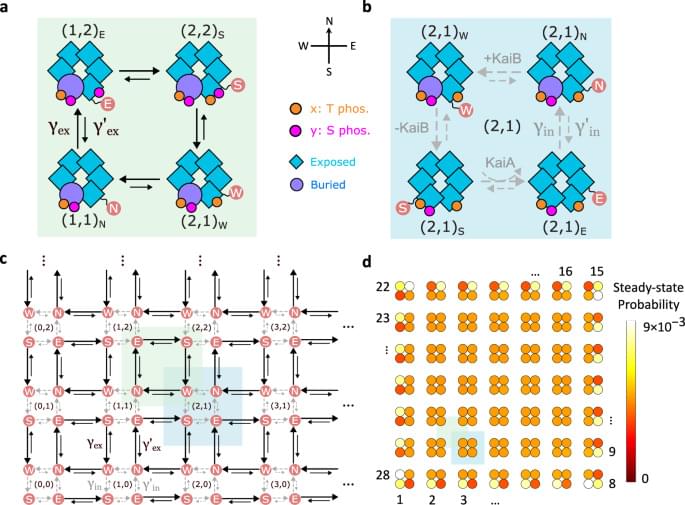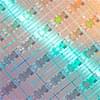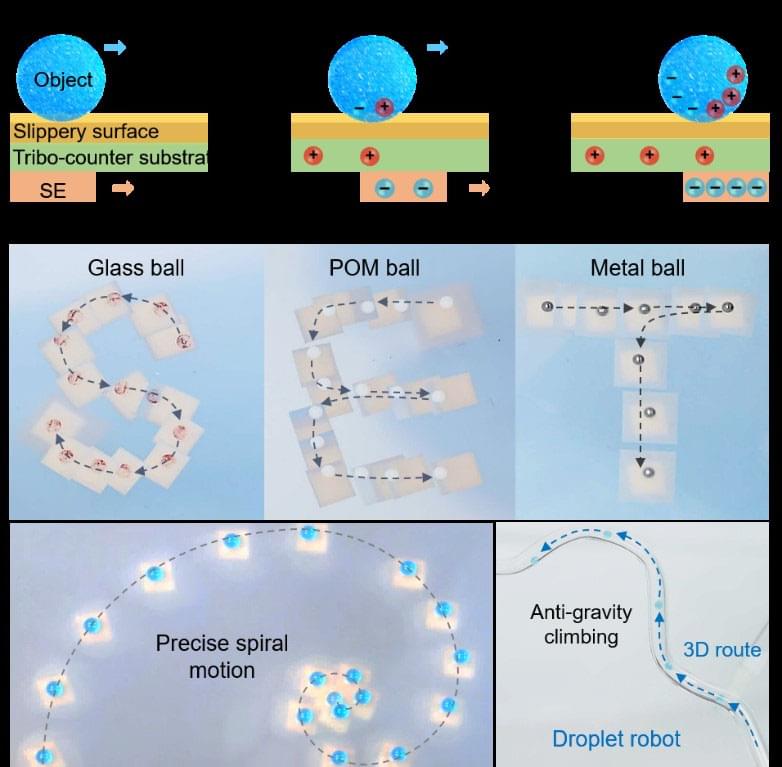Archive for the ‘biological’ category: Page 4
Aug 8, 2024
“Missing Link” Uncovered: The Secret History of Corn Revealed Through RNA
Posted by Saúl Morales Rodriguéz in categories: biological, food, genetics
Researchers at Cold Spring Harbor Laboratory have traced the domestication of maize back to its origins 9,000 years ago, highlighting its crossbreeding with teosinte mexicana for cold adaptability.
The discovery of a genetic mechanism known as Teosinte Pollen Drive by Professor Rob Martienssen provides a critical link in understanding maize’s rapid adaptation and distribution across America, shedding light on evolutionary processes and potential agricultural applications.
Cold Spring Harbor Laboratory (CSHL) scientists have begun to unravel a mystery millennia in the making. Our story begins 9,000 years ago. It was then that maize was first domesticated in the Mexican lowlands. Some 5,000 years later, the crop crossed with a species from the Mexican highlands called teosinte mexicana. This resulted in cold adaptability. From here, corn spread across the continent, giving rise to the vegetable that is now such a big part of our diets. But how did it adapt so quickly? What biological mechanisms allowed the highland crop’s traits to take hold? Today, a potential answer emerges.
Aug 8, 2024
Missing Link Discovered: New Research Paves the Way for Charging Phones in Under a Minute
Posted by Saúl Morales Rodriguéz in categories: biological, chemistry, computing, engineering, mobile phones, particle physics, sustainability, transportation
CU Boulder scientists have found how ions move in tiny pores, potentially improving energy storage in devices like supercapacitors. Their research updates Kirchhoff’s law, with significant implications for energy storage in vehicles and power grids.
Imagine if your dead laptop or phone could be charged in a minute, or if an electric car could be fully powered in just 10 minutes. While this isn’t possible yet, new research by a team of scientists at CU Boulder could potentially make these advances a reality.
Published in the Proceedings of the National Academy of Sciences, researchers in Ankur Gupta’s lab discovered how tiny charged particles, called ions, move within a complex network of minuscule pores. The breakthrough could lead to the development of more efficient energy storage devices, such as supercapacitors, said Gupta, an assistant professor of chemical and biological engineering.
Aug 6, 2024
Kalmogorov-Arnold Neural Networks Shake Up How AI Is Done
Posted by Dan Breeden in categories: biological, information science, physics, robotics/AI
Artificial neural networks—algorithms inspired by biological brains—are at the center of modern artificial intelligence, behind both chatbots and image generators. But with their many neurons, they can be black boxes, their inner workings uninterpretable to users.
Researchers have now created a fundamentally new way to make neural networks that in some ways surpasses traditional systems. These new networks are more interpretable and also more accurate, proponents say, even when they’re smaller. Their developers say the way they learn to represent physics data concisely could help scientists uncover new laws of nature.
Aug 5, 2024
A topological mechanism for robust and efficient global oscillations in biological networks
Posted by Dan Breeden in category: biological
Complex biological systems, often stochastic and heterogenous, can undergo dimensionality reduction, however processes governing thision are not well understood. The authors propose a topological model that produces long oscillations in biological networks, reducing the system dynamics to a lower-dimensional current.
Aug 5, 2024
Lunar Biorepository: Preserving Earth’s Precious Biodiversity
Posted by Laurence Tognetti, Labroots Inc. in categories: biological, engineering, environmental, existential risks, sustainability
Could we store samples of Earth’s endangered biodiversity on the Moon for long-term preservation? This is what a recent study published in BioScience hopes to address as a team of researchers led by the Smithsonian Institution proposes how the Moon’s permanently shadowed regions (PSRs) located at the lunar north and south poles could be ideal locations for establishing a lunar biorepository where endangered species can be cryopreserved. This study holds the potential to safeguard Earth’s biodiversity from extinction while improving future space exploration and possible terraforming of other worlds.
“Initially, a lunar biorepository would target the most at-risk species on Earth today, but our ultimate goal would be to cryopreserve most species on Earth,” said Dr. Mary Hagedorn, who is a research cryobiologist at the Smithsonian National Zoo and Conservation Biology Institute and lead author of the study. “We hope that by sharing our vision, our group can find additional partners to expand the conversation, discuss threats and opportunities and conduct the necessary research and testing to make this biorepository a reality.”
The reason lunar PSRs are of interest for this proposal is due to several craters being completely devoid of sunlight from the Moon’s small axial tilt (6.7 degrees versus Earth’s 23.5 degrees). The team postulates this presents ample opportunity for storing several groups, including pollinators, threatened and endangered animals, culturally important species, and primary producers, just to name a few.
Aug 5, 2024
Will neuromorphic computers accelerate AGI development?
Posted by Dan Breeden in categories: biological, robotics/AI, supercomputing
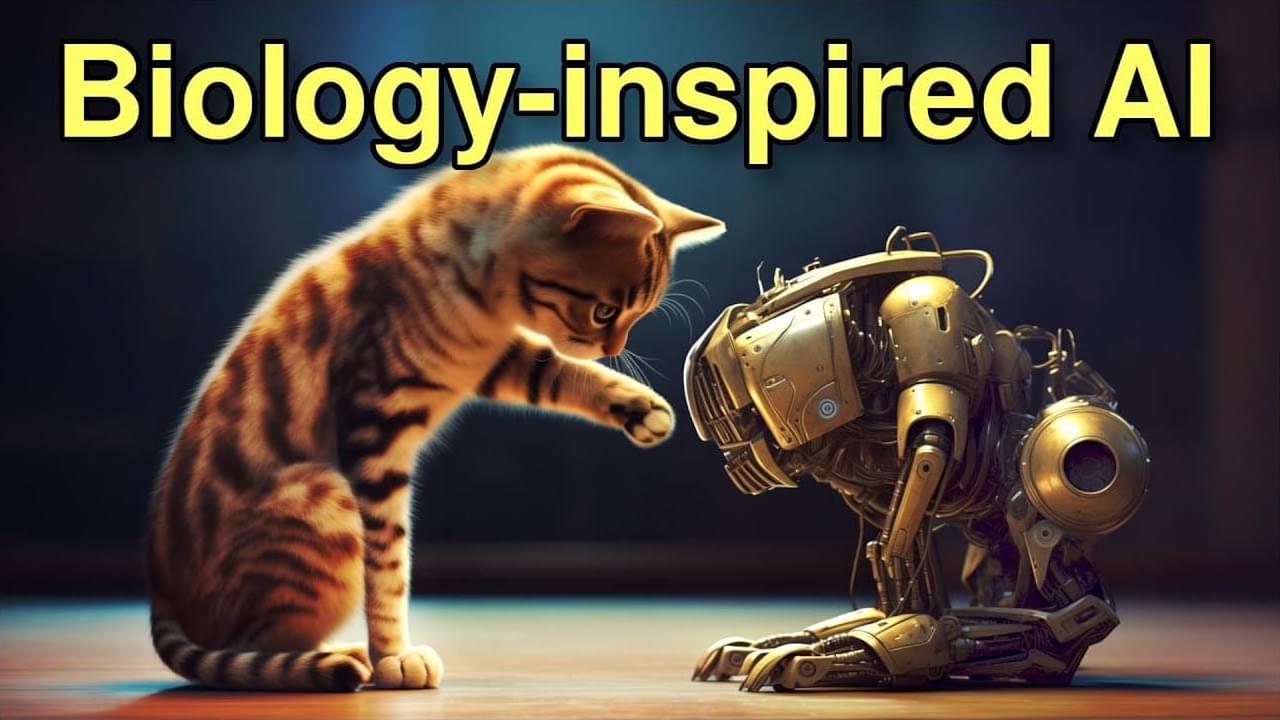
Neuromorphic computers are devices that try to achieve reasoning capability by emulating a human brain. They are a different type of computer architecture that copies the physical characteristics and design principles of biological nervous systems. Although neuromorphic computations can be emulated, it’s very inefficient for classical computers to simulate. Typically new hardware is required.
The first neuromorphic computer at the scale of a full human brain is about to come online. It’s called DeepSouth, and will be finished in April 2024 at Western Sydney University. This computer should enable new research into how our brain actually functions, potentially leading to breakthroughs in how AI is created.
Continue reading “Will neuromorphic computers accelerate AGI development?” »
Jul 30, 2024
Peculiar Rock Found by NASA’s Perseverance Rover Leaves Scientists Puzzled
Posted by Laurence Tognetti, Labroots Inc. in categories: biological, chemistry, robotics/AI, space
“These spots are a big surprise,” said Dr. David Flannery. “On Earth, these types of features in rocks are often associated with the fossilized record of microbes living in the subsurface.”
Did Mars once have life billions of years ago? This is what NASA’s Perseverance (Percy) rover hopes to figure out, and scientists might be one step closer to answering that question with a recent discovery by the car-sized robotic explorer that found a unique rock with “leopard spots” that have caused some in the scientific community to claim this indicates past life might have once existed on the now cold and dry Red Planet. However, others have just as quickly rushed to say that further evidence is required before jumping to conclusions.
Upon analyzing the rock using Percy’s intricate suite of scientific instruments, scientists determined that it contained specific chemical signatures indicative of life possibly having existed billions of years ago when liquid water flowed across the surface. However, the science team is also considering other reasons for the rock’s unique appearance, including further research to determine if the findings are consistent with potential ancient life.
Continue reading “Peculiar Rock Found by NASA’s Perseverance Rover Leaves Scientists Puzzled” »
Jul 30, 2024
New, more sustainable method for manufacturing microchips and other nanoscale devices
Posted by Dan Breeden in categories: biological, computing, nanotechnology, sustainability
Putting 50 billion transistors into a microchip the size of a fingernail is a feat that requires manufacturing methods of nanometer level precision—layering of thin films, then etching, depositing, or using photolithography to create the patterns of semiconductor, insulator, metal, and other materials that make up the tiny working devices within the chip.
The process relies heavily on solvents that carry and deposit materials in each layer—solvents that can be difficult to handle and toxic to the environment.
Now researchers led by Fiorenzo Omenetto, Frank C. Doble Professor of Engineering at Tufts, have developed a nanomanufacturing approach that uses water as the primary solvent, making it more environmentally compatible and opening the door to the development of devices that combine inorganic and biological materials.
Jul 30, 2024
Self-powered electrostatic tweezer for adaptive object manipulation and microfluidics
Posted by Dan Breeden in categories: biological, chemistry, physics
In a study published in Device (“Self-powered electrostatic tweezer for adaptive object manipulation”), a research team led by Dr. DU Xuemin from the Shenzhen Institute of Advanced Technology (SIAT) of the Chinese Academy of Sciences has reported a new self-powered electrostatic tweezer that offers superior accumulation and tunability of triboelectric charges, enabling unprecedented flexibility and adaptability for manipulating objects in various working scenarios.
The ability to manipulate objects using physical tweezers is essential in fields such as physics, chemistry, and biology. However, conventional tweezers often require complex electrode arrays and external power sources, have limited charge-generation capabilities, or produce undesirable temperature rises.
The newly proposed self-powered electrostatic tweezer (SET) features a polyvinylidene fluoride trifluoroethylene (P(VDF-TrFE))-based self-powered electrode (SE) that generates large and tunable surface charge density through the triboelectric effect, along with a dielectric substrate that functions as both a tribo-counter material and a supportive platform, and a slippery surface to reduce resistance and biofouling during object manipulation.
